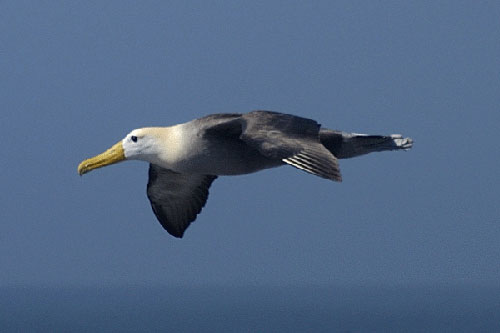Arie Trouwborst (Tilburg Law School, Tilburg University, The Netherlands) writing in the open-access journal Diversity, has looked at the roles of the Convention on Migratory Species (CMS) and its various daughter instruments (one of which is the Albatross and Petrel Agreement) in relation to climate change.
The paper's abstract follows:
"Species migrating across boundaries represent the classic case for international cooperation in biodiversity conservation. Climate change is adding fresh challenges to such cooperation, on account of the shifting ranges and particular vulnerabilities to climate change of migratory wildlife. In view of the need to help migratory species adapt to climate change with minimal losses, this article performs an in-depth analysis of the present and potential future role in respect of climate adaptation of the main intergovernmental regime for migratory species conservation, the 1979 Bonn Convention on the Conservation of Migratory Species of Wild Animals (CMS) and its various daughter instruments."

At risk to climate change?
A migratory species, the Waved Albatross of the Galapagos visits the coastal waters of Ecuador, Peru and northern Chile
Photograph by Barry Baker
Reference:
Trouwborst, A. 2012. Transboundary wildlife conservation in a changing climate: adaptation of the Bonn Convention on Migratory Species and its daughter instruments to climate change. Diversity 4: 258-300.
John Cooper, ACAP Information Officer, 2 January 2013

 English
English  Français
Français  Español
Español